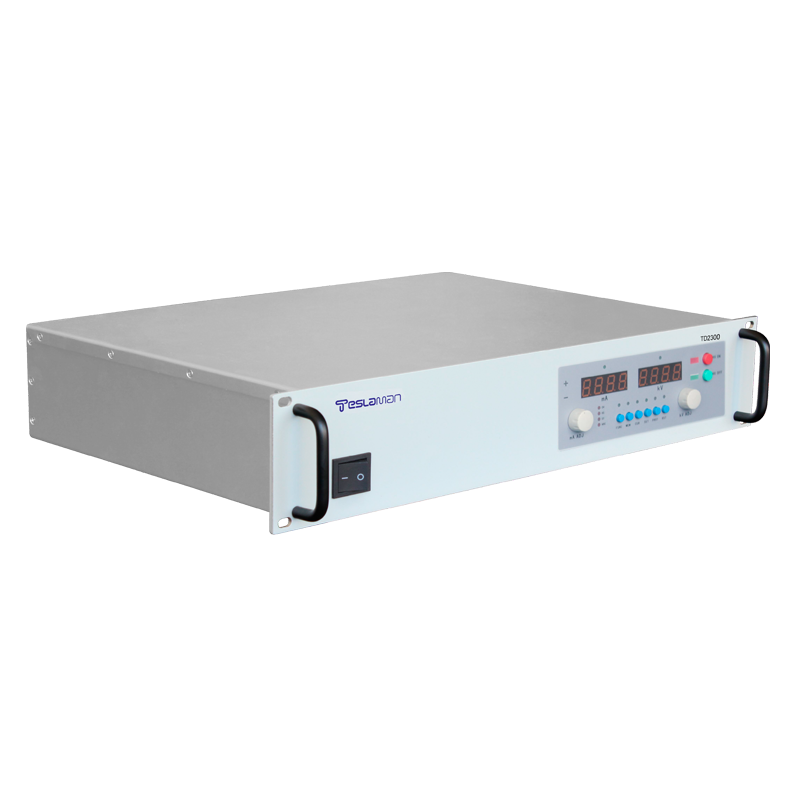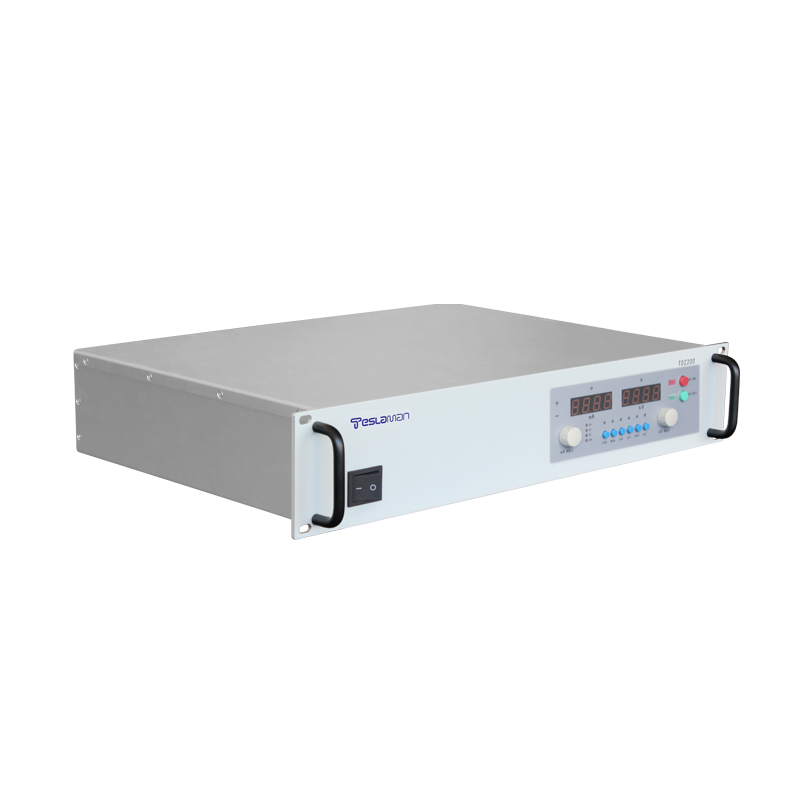High-Voltage Power Supply Resonance Energy Recovery Technology in Lithography Machines: Energy Efficiency Revolution in Semiconductor Manufacturing
Introduction
As the core equipment in semiconductor manufacturing, lithography machines rely on high-voltage power supply systems to provide stable energy for ultraviolet light sources (e.g., extreme ultraviolet light/EUV). Traditional high-voltage power supplies generate significant harmonics during operation, leading to energy waste (harmonic energy can exceed 12%) and issues such as thermal loss and electromagnetic interference. Resonance energy recovery technology addresses these challenges by converting harmonic energy into reusable electricity, significantly improving system efficiency and emerging as a critical technology for next-generation lithography machines.
Core Principles of Resonance Energy Recovery
1. Harmonic Suppression and Energy Conversion
Harmonics in lithography high-voltage power supplies primarily originate from rapid switching of power devices and load fluctuations. Conventional passive filters suppress harmonics but fail to recover energy. Resonance energy recovery technology achieves dual goals through:
• Resonant Network Design: LC series or parallel resonant circuits (e.g., LLC/LCC topologies) are tuned to specific harmonic frequencies (e.g., 3rd or 5th harmonics), directing harmonic currents to energy recovery units.
• Energy Recovery Unit: High-frequency transformers couple resonant energy to rectifiers, converting it into DC power stored in capacitors or batteries, which is then fed back to the power bus or auxiliary systems (e.g., cooling modules).
2. Dynamic Impedance Matching Technology
To handle significant load variations in lithography machines, adaptive control strategies are employed:
• Real-time harmonic spectrum monitoring and PWM-based switching adjustment dynamically match resonant network impedance, maintaining optimal resonance across loads and improving energy recovery efficiency by 15–20%.
Key Technological Paths and Innovations
1. Multi-Frequency Resonant Network Integration
For multi-order harmonic recovery (e.g., broadband harmonics in 13.5nm EUV systems), a hierarchical design is used: primary LCC circuits handle fundamental waves, while secondary harmonic suppression units (e.g., resonant capacitor-inductor arrays) target high-order harmonics, achieving ≥90% full-spectrum energy utilization.
2. Particle Accelerator-Driven Energy Cycling Architecture
In EUV lithography, novel light sources (e.g., free-electron lasers) integrated with superconducting radiofrequency accelerators recycle unused electron kinetic energy back to acceleration cavities. This reduces system energy consumption by 70% while supporting higher power output (2kW-class).
3. Electromagnetic Compatibility (EMC) Optimization
Energy recovery processes may introduce electromagnetic interference (EMI). Solutions include:
• Clamping Circuits (e.g., diode-capacitor-resistor networks) to absorb transformer leakage inductance;
• Zero-Voltage Switching (ZVS), reducing switching losses to 1/5 of traditional methods and meeting stringent power purity requirements.
Challenges and Future Breakthroughs
1. Thermal Management Bottlenecks
High power density (>10kW/cm²) may cause thermal accumulation, affecting lithography precision. Innovations include:
• Gallium nitride (GaN) devices to minimize switching losses;
• Microchannel cooling systems driven directly by recovered energy for closed-loop thermal management.
2. System Complexity and Reliability
Multi-stage resonant circuits increase control difficulty. Future directions involve:
• AI-based predictive maintenance algorithms for dynamic parameter tuning;
• Modular designs enabling fault isolation and 99.99% system availability.
Applications and Industrial Impact
Resonance energy recovery technology can improve the comprehensive efficiency of lithography high-voltage power supplies by 40%, saving up to 3.5MWh per machine annually. As semiconductor processes advance to 2nm and beyond, this technology will integrate with higher-power light sources (e.g., 6.7nm BEUV) and high-speed motion control of dual-stage platforms, driving lithography machines toward net-zero energy consumption and redefining the cost and sustainability boundaries of semiconductor manufacturing.




















